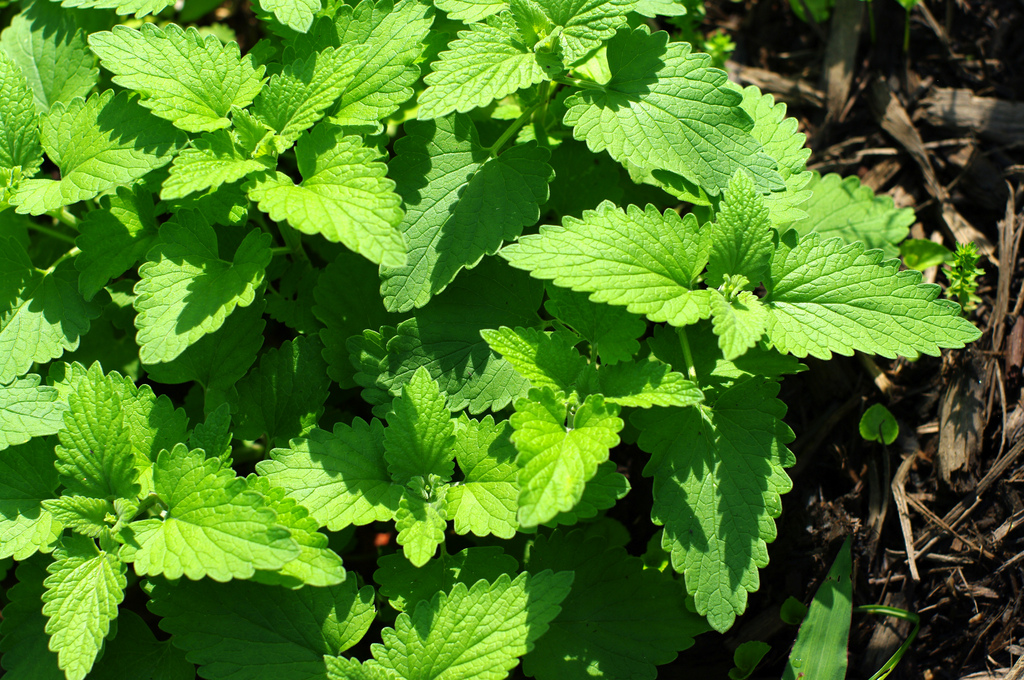Catnip, scientifically known as Nepeta cataria, is a minty herb that has an irresistible appeal to cats. This herb grows wild across most parts of the world and features characteristic green foliage and small white flowers. But what exactly does wild catnip look like and how can you identify it? This comprehensive guide will equip you with all the knowledge you need to spot wild catnip.
An Overview of Wild Catnip
Wild catnip is a perennial herbaceous plant that is a member of the mint family Lamiaceae. It is native to Europe and parts of Asia but has become naturalized in many other regions. The plant contains a chemical compound called nepetalactone which triggers a euphoric response when smelled or ingested by cats. Catnip has long been used as a recreational herb for domestic and wild cats who roll rub lick and chew the plant when they come across it.
While the cultivated varieties of catnip grow up to 3 feet tall, wild catnip tends to reach heights of 2-3 feet on average. The erect stems are square shaped which is characteristic of the mint family. The leaves are heart shaped or oval, grow oppositely on the stems and have scalloped edges.
Identifying Catnip by Leaf Appearance
- Leaves are light green in color with a fuzzy texture. The upper leaf surface is darker than the underside
- Leaves are typically 1-2 inches long but can reach 5 inches.
- The leaves have a wrinkled appearance and are attached to the main stem by 1 inch petioles.
- Young leaves near the top are lance shaped while mature lower leaves are more oval.
- Leaves release a highly aromatic minty smell when crushed.
Examining the Stems and Flowers
- Stems are light green, erect and square shaped with fine hairy texture.
- Flowers bloom from June to September in dense whorls on terminal spikes.
- The bilabiate flowers are about 1⁄2 inch long with a tubular shape and protruding lower lip.
- Flower color ranges from white to pinkish-purple. The ideal catnip has pure white flowers.
- Seeds develop in nutlet containing calyxes beneath each flower.
When and Where to Find Wild Catnip
Catnip grows wild in open fields, meadows, roadsides, forests and disturbed soils. It thrives in nutrient-poor sandy, rocky or gravelly soils under full sun. The plant spreads easily and can become invasive in some regions.
Some ideal places to look for wild catnip include:
- Nearby natural fields, parks and forests
- Along hiking trails, fences and abandoned buildings
- Riverbanks and drainages
- Untended yards and gardens
- Railroad tracks and urban lots
For easiest identification, search for catnip between June and September when the plant is actively flowering. Crush a few leaves to check for the distinct minty catnip scent. Once positively identified, harvest by clipping off the stems just above ground level.
With this comprehensive guide, identifying wild catnip should be easy. Just watch out for all the excited cats rolling around when you venture out to harvest this feline favorite!

Winter Survival Food Handbook
Learn how to survive on
Catnip – It’s Not Just for Cats – ID, Edible and Medicinal Uses, How to Use It and More!
FAQ
How do you identify wild catnip?
Is wild catnip ok for cats?
How to tell the difference between mint and catnip?
Where does catnip grow wild in the US?
What does catnip look like?
Catnip is a whitish-gray plant with an aromatic minty odor. It is a hardy, upright, perennial herb with sturdy stems covered with very fine hairs. Catnip bears heart-shaped, grayish-green leaves. Catnip flowers are white or near white some having purple spots, are hermaphrodite and are pollinated by bees making this a plant that attracts wildlife.
Is catnip a perennial?
Catnip, also known as Nepeta cataria, is an herbaceous perennial plant of the mint family. It is native to Europe and Asia, but has been naturalized in North America and can be found growing wild in many areas. Catnip is a popular plant among gardeners due to its attractive foliage and aroma, as well as its ability to attract cats.
How tall does catnip grow?
Catnip grows to varying heights including up to one metre tall. Catnip likes sandy and loamy soils, preferring well-drained soil. It does not like shade and grows best open area, hedgerows, waste ground, near streams and border areas of fields. Many people choose to cultivate catnip. This plant thrives in soil with a pH range between 5 and 7.5.
What plants look like catnip?
Another plant that looks similar to catnip while growing is Lemon Balm (Melissa officinalis). This herb is also a part of the mint family, and it has a very similar appearance to catnip. The main difference between the two plants is that lemon balm has a much more citrusy scent than catnip.
What is a wild catnip?
This is also sometimes called a wild catnip, as it’s an endemic species of the family usually growing in small populations and high latitudes. This one goes by the name of Greek catnip. It’s also smaller in size than your regular catnip but looks somewhat the same.
Is the foliage of catnip plant hairy?
The foliage of catnip (Nepeta cataria) is finely pubescent (canescent). While some members of the Mint family have coarsely hairy or hairless foliage, the leaves of catnip are cordate at the base, rather than wedge-shaped or rounded.
- The Ultimate Guide to Growing Strawberries in Raised Beds - August 8, 2025
- No-Dig Garden Beds: The Easiest Way to Grow a Beautiful Garden - August 6, 2025
- How to Protect and Preserve Wood for Raised Garden Beds - August 6, 2025
